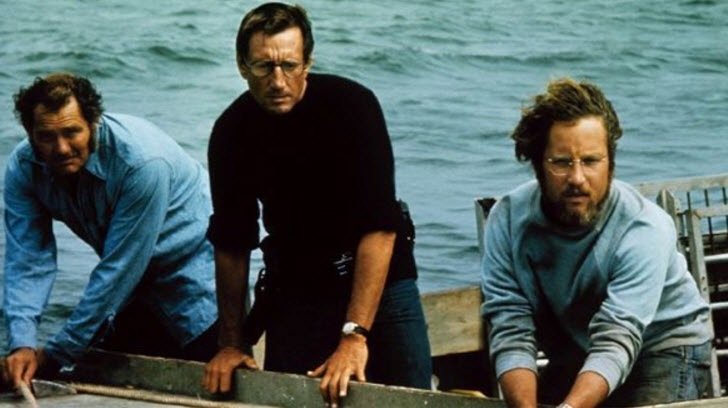The Robert Altman directed comedy drama M*A*S*H (1970) captures our attention this Memorial Day weekend in the United States. Set during the Korean War of 1950-1953, the movie tells the story of staff using a youthful brand of humor and practical joking in the face of the horrors of war to keep themselves sane. Writing credits rest with Richard Hooker and Ring Lardner Jr., with Hooker having written the 1968 book MASH: A Novel About Three Army Doctors.
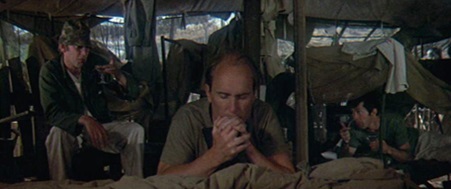
The movie begins in a South Korean Mobile Army Surgical Hospital, or M*A*S*H outfit, circa 1951. Captains Benjamin Franklin “Hawkeye” Pierce and Augustus “Duke” Forrest, as portrayed by Donald Sutherland and Tom Skerritt, report to camp in a purloined army jeep. The pair do not take to the overly religious officer Major Frank Burns, as portrayed by Robert Duvall, so campaign to Lieutenant Colonel Henry Blake, as portrayed by Roger Bowen, to move the incompetent surgeon Burns out of the Swamp, their tent. The move succeeds when they get newly arrived Captain John Francis “Trapper John” McIntyre, as portrayed by Elliott Gould, arrives to complement their preferred lifestyle.
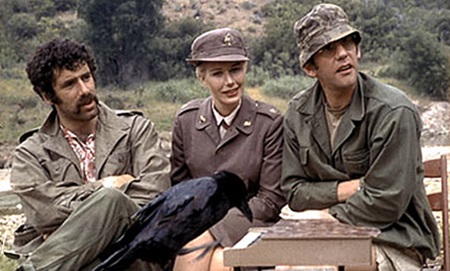
The “Swampmen” of Hawkeye, Duke and Trapper John, drafted into the army all, are prone to heavy drinking, pranks and womanizing. Frank Burns, along with head nurse Major Margaret “Hot Lips” Houlihan, have enlisted and prefer a straightlaced, by the book approach to running 4077th. Burns and Houlihan begin a physically intimate relationship, which becomes the object of a series of bawdy pranks aided by Corporal Walter “Radar” O’Reilly that socially settles the matter for how the two camps will coexist as a unit going forward. Sally Kellerman and Gary Burghoff portrayed Houlihan and O’Reilly, respectively.
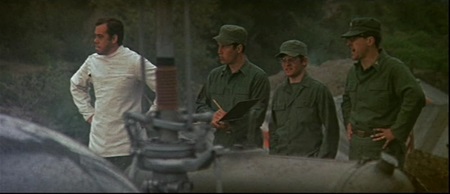
A bridge story for the movie had to do with Captain Walter “The Painless Pole” Waldowski, a dentist, becoming suicidal when experiencing a bout of impotence. This story, beyond suggesting the Johnny Mandel song Suicide is Painless, invoked an absolution and communion from Father John Patrick Francis Mulcahy, a sleeping pill masquerading as assistance in ending Waldowski’s life and an evening with the attractive Lieutenant Maria “Dish” Schneider to convince the captain that he is well. John Schuck, Rene Auberjonois and Jo Ann Pflug portrayed Waldowski, Mulcahy and Schneider, respectively.

Hawkeye and Trapper John were granted temporary duty in Japan following the Waldowski story. Surgery on the son of a congressman leads to an unauthorized surgery on a local infant. With hopes for golfing lost and the hospital commander threatening disciplinary action, Hawkeye and Trapper resort to blackmail of a sexual nature to save themselves.
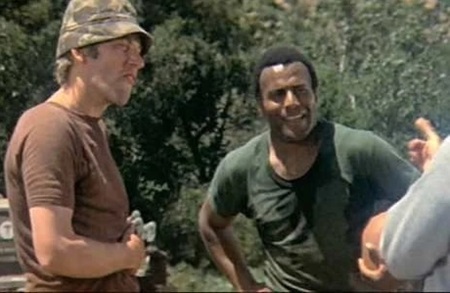
A football game back in camp, as organized by Henry Blake and Brigadier General Charlie Hammond, leads to the final movie shenanigans. The 4077th is set to play the 325th Evacuation Hospital, with each hospital bringing in ringers. The 4077th brings in Captain Oliver Harmon “Spearchucker” Jones, a neurosurgeon who had played for the San Francisco 49ers. Betting incorporated with further shenanigans over when the different ringers played, or for how players became incapacitated, led the ballgame to end satisfactorily for Blake and the 4077th. G. Wood and Fred Williamson portrayed Hammond and Jones. Hawkeye and Duke leaving in the purloined jeep with their discharge orders brought the movie to a humorous close befitting the joke that opened the experience.
I grant the movie M*A*S*H as directed by Robert Altman 4-stars on a scale of one-to-five.
Matt – Saturday, May 25, 2024


